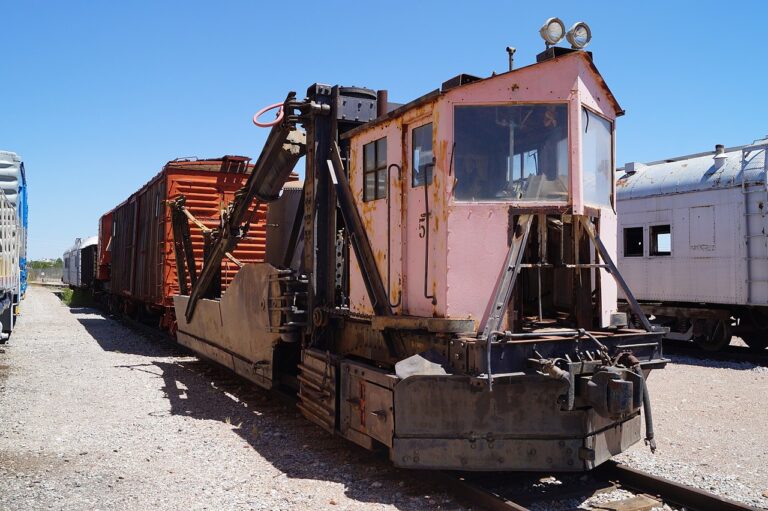
This 1903 2-8-0 Harriman Standard steam locomotive is indicative of the locomotives operating on the Los Angeles and Salt Lake Route through southern Nevada in the early 20th century and on the three railroads during construction of Hoover Dam.
Alert: 2:00 pm and 4:00pm trains are cancelled for remainder of summer due to extreme heat.

From the day it achieved statehood on October 31, 1864, through to the present day, railroads have been vital to the economic development of communities throughout Nevada. Whether supporting the mining booms in Virginia City, Eureka, Tonopah, Goldfield, or Ely, agriculture in the Carson Valley or Elko, logging in the Sierra Nevada, or bringing people and goods to cities like Reno and Las Vegas, railroads are the lifeblood of Nevada’s economy. The museum’s collection allows visitors to follow this journey through time.
Current Displays:

This 1903 2-8-0 Harriman Standard steam locomotive is indicative of the locomotives operating on the Los Angeles and Salt Lake Route through southern Nevada in the early 20th century and on the three railroads during construction of Hoover Dam.

Built in 1923 by the Baldwin Locomotive Works for the Pacific Lumber Company, this heavy 2-8-2 steam locomotive, known as a Mikado type locomotive, exemplifies the evolution of steam technology and the locomotives working logging railroads throughout the Western United States.

Built in August 1882, this wooden caboose predates the standard classification system later adopted by the Union Pacific Railroad. This is one of the only surviving UP wooden cabooses. The caboose’s interior helps contextualize the lives of railway workers in the 19th century.

Built in 1911, this combined baggage and post office car demonstrates how rail quickly and efficiently delivered the nation’s mail through the 19th and 20th centuries.

This unique piece of maintenance-of-way equipment served dual roles. The spreader has gull-like wings that fold out on either side of the car and can be used to shape and mold the railroad’s ballast ensuring proper drainage. Additionally, in winter months, the car also serves as a snowplow using its wings push snow from the tracks.
